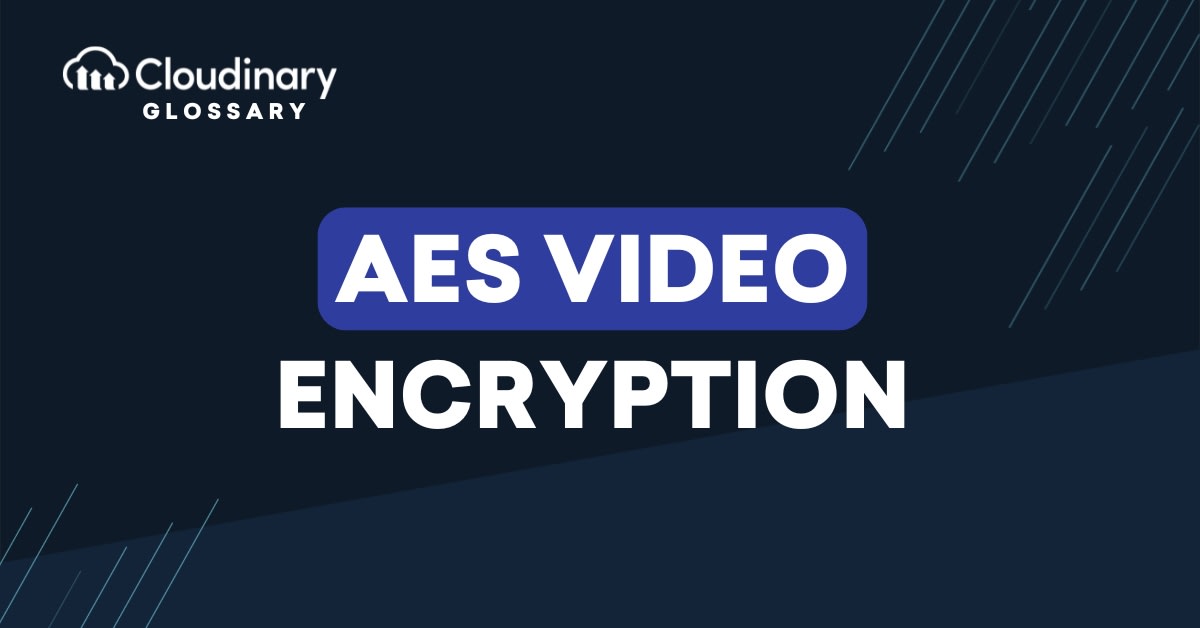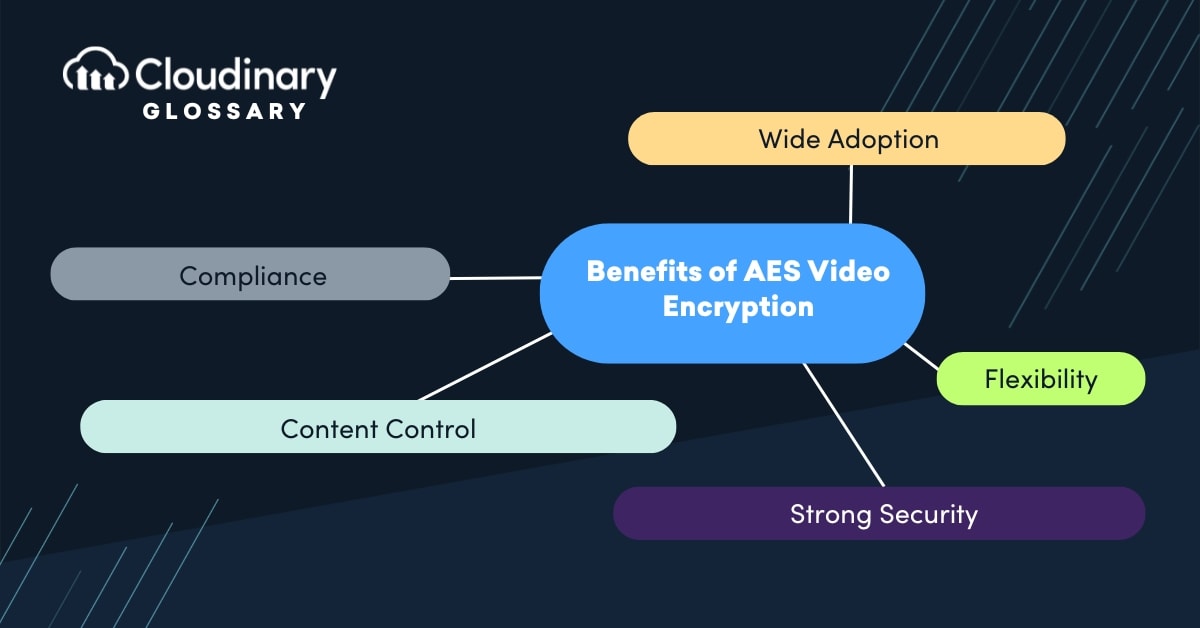
What Is AES Video Encryption?
AES (Advanced Encryption Standard) is a widely used encryption algorithm that transforms data (in this case, videos) into a secure format to prevent unauthorized access. Developed by the U.S. National Institute of Standards and Technology (NIST) in 2001, AES has become the gold standard for encryption, trusted by governments, corporations, and organizations worldwide.
AES video encryption ensures that video content is scrambled into an unreadable format unless decrypted with the correct key. It uses symmetric encryption, meaning the same key is used for both encrypting and decrypting the video. Key lengths of AES typically come in 128-bit, 192-bit, and 256-bit variations, with AES-256 considered the most secure.
How Does AES Video Encryption Work?
AES video encryption protects digital video content by converting it into a secure format that only authorized users can access. This method ensures that streaming and stored videos remain private and tamper-resistant. The process can be broken down into key steps:
- Key generation and management: A unique encryption key is created to lock the video data. Keys are securely stored and shared only with approved systems or users.
- Encrypting video data: The video file or stream is then divided into segments. Each segment is encrypted using the AES algorithm, which scrambles the data into unreadable blocks.
- Secure delivery: The encrypted segments are transmitted over the network. Media players or platforms that have the correct decryption key can reassemble and unlock the content.
- Decryption and playback: The authorized player applies the key to decrypt each segment. Once decrypted, the video plays normally for the viewer while remaining secure in transit.
- Access control: Platforms often combine AES with authentication systems. This ensures that only logged-in or authorized users can access the keys and view the video.
Why Is Video Encryption Required?
As digital video content grows in popularity, so do threats to its security. Video encryption, particularly AES encryption, is vital to maintaining the integrity and exclusivity of video assets. Here are the key reasons why video encryption is crucial:
Preventing Piracy
Piracy is one of the most significant threats to content creators, streaming services, and broadcasters. Unauthorized distribution can lead to revenue loss and copyright infringement. AES encryption ensures that only authorized users with the correct decryption key can access and view the video.
Protecting Sensitive Content
In industries like education, healthcare, and corporate sectors, videos might contain confidential information that unauthorized access could compromise. For instance, a corporation may want to encrypt training videos to prevent competitors from accessing proprietary information.
Securing Paywalls and Subscriptions
Streaming platforms like Netflix, Disney+, and other subscription-based services depend on encryption to ensure that only paying users can access the content. AES encryption prevents sharing or downloading premium videos without permission.
Complying with Regulations
In some industries (such as healthcare or finance), videos may contain personally identifiable or sensitive information. Encryption ensures compliance with data protection regulations like GDPR and HIPAA.
Who Needs Video Encryption?
AES video encryption is not just for large corporations; it is relevant for a wide range of industries and individuals:
- Streaming Services: Platforms like Netflix, Amazon Prime, and YouTube Premium use encryption to secure licensed content.
- Content Creators: Independent creators and influencers can encrypt premium or restricted-access content to prevent leaks or piracy.
- Education Portals: E-learning platforms offering paid courses use AES to secure videos and ensure only enrolled students can access them.
- Enterprises: Corporate training videos, sensitive company presentations, and internal communications are often encrypted for security reasons.
- Event Organizers: Virtual conferences and webinars are frequently encrypted to ensure tickets and registrations gate access.
- Healthcare and Legal Professionals: Videos containing patient data or legal evidence require encryption to comply with data privacy laws.
The Benefits of AES Video Encryption
- Strong Security: AES is nearly unbreakable with current computational power, especially when using 256-bit encryption. This ensures content remains secure even against determined attacks.
- Compliance: Encryption helps businesses meet legal requirements for protecting sensitive content, including GDPR and HIPAA compliance.
- Flexibility: AES can be used with a variety of video formats (e.g., MP4, MKV) and platforms, whether for live streaming, on-demand videos, or downloads.
- Wide Adoption: As an industry-standard, AES encryption is supported by most modern devices, making it easy to implement across different platforms.
- Content Control: By encrypting video files, creators retain control over how their content is accessed, shared, or distributed.

Final Thoughts
AES video encryption is a powerful tool for securing video content, whether it’s protecting movies from piracy, safeguarding sensitive training materials, or ensuring compliance with data regulations. Trusted for its robustness, AES strikes the right balance between security and scalability, making it the go-to choice for individuals and organizations alike.


